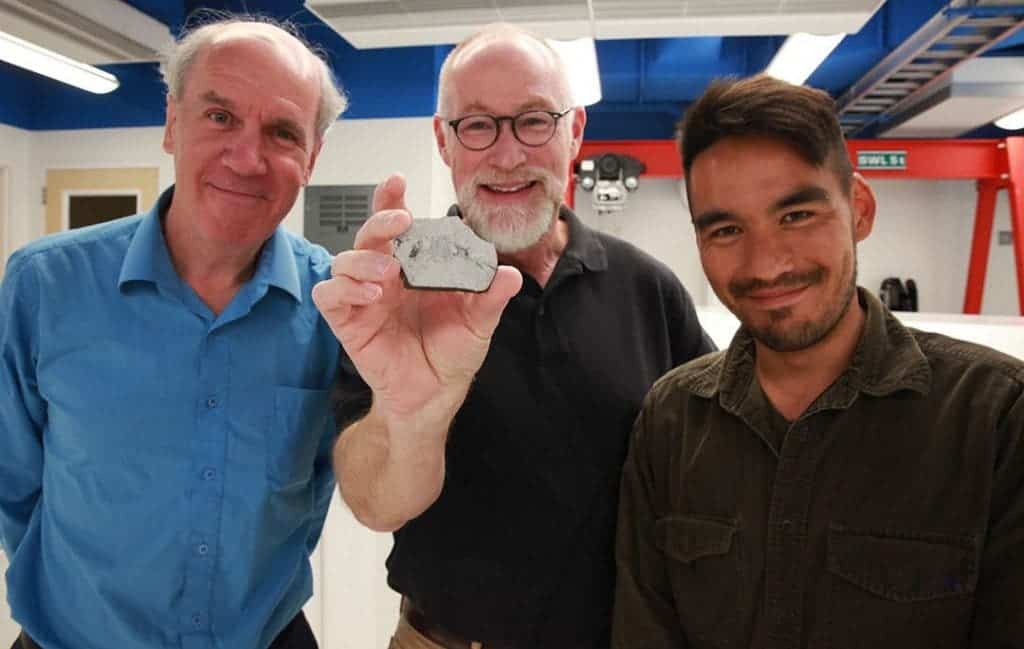A new study that compared the chemical make-up of the Earth to that of the Moon concluded that our planet may be the result of a head-on collision between two planetary bodies: a proto-Earth and another planet called Theia.
The idea of a planetary collision in our planet’s early history is not new. It is generally accepted that the Moon formed as the result of a violent collision between Earth and a “planetary embryo” called Theia approximately 100 million years after the Earth formed – some 4.4 billion years ago. But the prevalent theory was that it was only a swiping collision, taking place at a small angle. UCLA researchers believe this was not the case.
A head-o collision was first proposed in 2012, by Matija Ćuk, now a research scientist with the SETI Institute, and Sarah Stewart, now a professor at UC Davis. In the same year, Robin Canup of the Southwest Research Institute reached the same conclusion. This new study analyzed rocks brought back from the Moon during the Apollo missions. Specifically, they looked at the rocks’ oxygen atoms. Oxygen makes up 90% of their volume and 50% of their weight, so there’s plenty of it to look at. Now, just like many other elements, oxygen also has some isotopes – atoms with the same structure but one or more extra neutron. For example, regular oxygen has an atomic number of 16: it has 8 protons and 8 neutrons. Let’s call it O16. But there’s also O17 and O18, that have one and two extra neutrons respectively. All the planets have a unique ratio of these isotopes, their own “isotopic fingerprint” – but the Moon and the Earth seem to have the same ratio.
“We don’t see any difference between the Earth’s and the moon’s oxygen isotopes; they’re indistinguishable,” said Edward Young, lead author of the new study and a UCLA professor of geochemistry and cosmochemistry.

Paul Warren, Edward Young (holding a sample of a rock from the moon) and Issaku Kohl. Credits: Christelle Snow/UCLA
This fact is very telling. If Earth and Theia would have collided marginally, then the Earth would retain most of its initial make-up, and the Moon would have most of Theia’s make-up. A head-on collision would have mixed the two much more, up to the point where they would have a similar isotopic ratio.
“Theia was thoroughly mixed into both the Earth and the moon, and evenly dispersed between them,” Young said. “This explains why we don’t see a different signature of Theia in the moon versus the Earth.”
Theia did not survive the collision, but it is believed that it now makes large parts of the Moon and even some parts of the Earth.
But not everyone agrees with this finding. A previous study from 2014 found that the isotopic ratio differs so I’d still wait for a tertiary confirmation. Both studies used precise measurements and state-of-the-art equipment.










